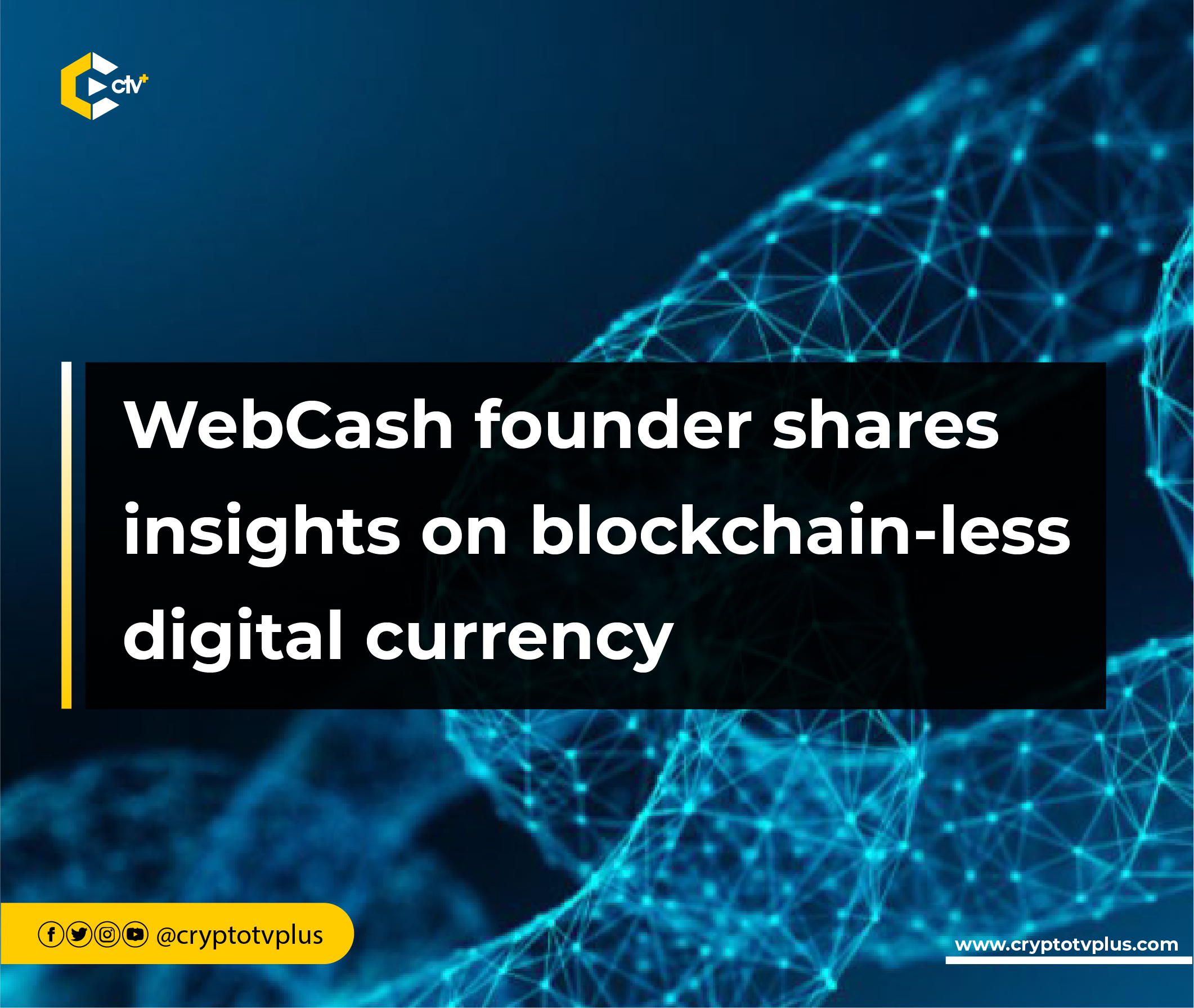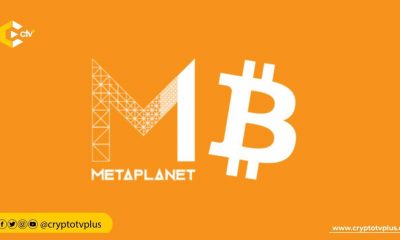News
WebCash founder shares insights on blockchain-less digital currency

At the Proof of Work summit, Bryan Bishop, a Bitcoin developer and WebCash founder, presented a captivating discussion on proof of work, shedding light on a unique concept for a digital currency that operates without a blockchain.
Bishop began by providing an introduction to proof of work and its essential role in establishing the security of cryptocurrencies.
He emphasized that although the concept of proof of work is often defined in different manners, its underlying principle centers around a one-way cryptographic hash function.
This function generates an irreversible output from an input, ultimately contributing to the vital security measures of blockchain networks.
Proof of Work before now
He added that one of the earliest applications of proof of work was in the fight against email spam.
Hashcash, independently reinvented by Adam Back, introduced the idea of attaching a computational cost to email messages, deterring spammers by making mass email sending financially impractical.
Bryan pointed out that while email spam continues to be a persistent issue, the idea of employing proof of work as a protective measure has mostly faded into obscurity.
He went on to explain that he has developed a digital currency framework known as WebCash, which leverages the effectiveness of the proof of work mechanism, all without succumbing to the blockchain hype.
How WebCash functions
Bryan explained that WebCash tokens are mined using proof of work, but there is no blockchain to record transactions.
Instead, a central server verifies token validity, and users can send tokens by copying and pasting them to recipients.
One of the notable aspects of WebCash is that it allows CPU mining, harking back to the early days of cryptocurrencies when enthusiasts could mine tokens using their desktop computers.
The founder noted that this experience of generating digital currency from existing hardware can be enjoyable and educational, fostering a deeper understanding of how cryptocurrencies work.
WebCash has gained praise for its innovative approach, particularly for not being “just another copy-paste altcoin.”
While it presents a different model, Bryan acknowledges that it is a work in progress and encourages feedback from the community.
Hashrate not blockchain
In the final part of his talk, he proposed a radical idea for a digital currency that relies solely on proof of work, hash rate, and peer-to-peer interactions – no blockchain, no central server.
“In a hash rate-based currency without a blockchain, it would be peer-to-peer without a server,” he said.
He suggested that the value in such a system lies in the ephemeral, unclonable nature of the hash rate itself, rather than the proofs generated.
While this concept is still in its early stages, it raises intriguing questions about the future of digital currency and the potential for entirely new paradigms of decentralized finance.
Read also; How Subsocial power web3 social media platforms
























